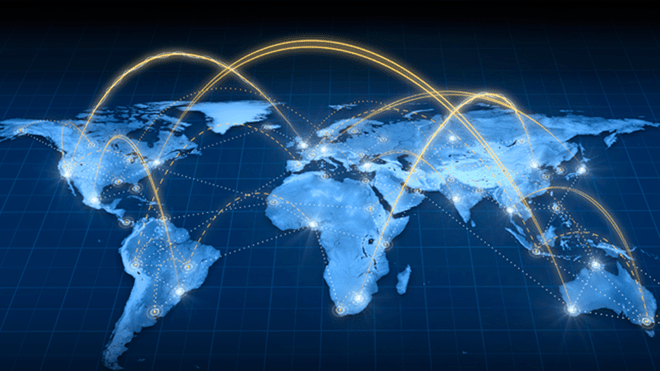China and Norway will complete the negotiations of a Free Trade Agreement (FTA) as soon as possible, reported the Chinese Ministry of Commerce.
To do this, the two parties focus on trade in goods, trade in services, investment, rules of origin, customs procedures and trade facilitation, and sanitary and phytosanitary measures.
On March 11, 2021, China and Norway held a videoconference at the level of chief negotiators of the free trade agreement.
TLC and raw materials
Norway owes a substantial part of its wealth to the abundance of natural resources.
According to a report by the World Trade Organization (WTO), Norway’s industrialization took off in the early 20th century with the exploitation of hydroelectric resources and the development of important metal, chemical and paper/cardboard industries.
The discovery of large offshore oil deposits in the late 1960s and onward transformed Norway into a leading global exporter of oil and natural gas.
Then crude oil production peaked in 2001, followed by a decline that leveled off in 2013.
Natural gas production is roughly equal to crude oil production in terms of oil equivalent.
Economically viable oil discoveries are still being made and large areas of the continental shelf remain unexplored.
But the significant drop in the price of crude oil since mid-2014 has negatively affected the Norwegian economy, particularly in the marine supply and engineering industries linked to the offshore sector.
Meanwhile, a simultaneous decline in the value of the Norwegian krone has increased profit margins in export-oriented activities such as fish farming and tourism.
Commercial opening
Outside of its agreements with the European Union and EFTA, Norway currently has two bilateral FTAs that regulate trade with the Faroe Islands (1993) and Greenland (1985).
The FTA with the Faroe Islands grants free trade in industrial and fishery products.
The agreement also contains provisions on competition, rules of origin, monopolies, public procurement, protection of intellectual property, dumping and safeguard measures.
A separate agreement on agricultural products was concluded in conjunction with FTA.
On the other hand, the FTA with Denmark, which covers trade with Greenland, provides for the continuation of the treatment derived from the provisions of the Agreement between Norway and the European Economic Community after Greenland leaves the customs zone of the European Community.
The coverage of trade in goods is extended to those goods covered by zero tariffs in the EFTA Convention of January 4, 1960.
![]()

